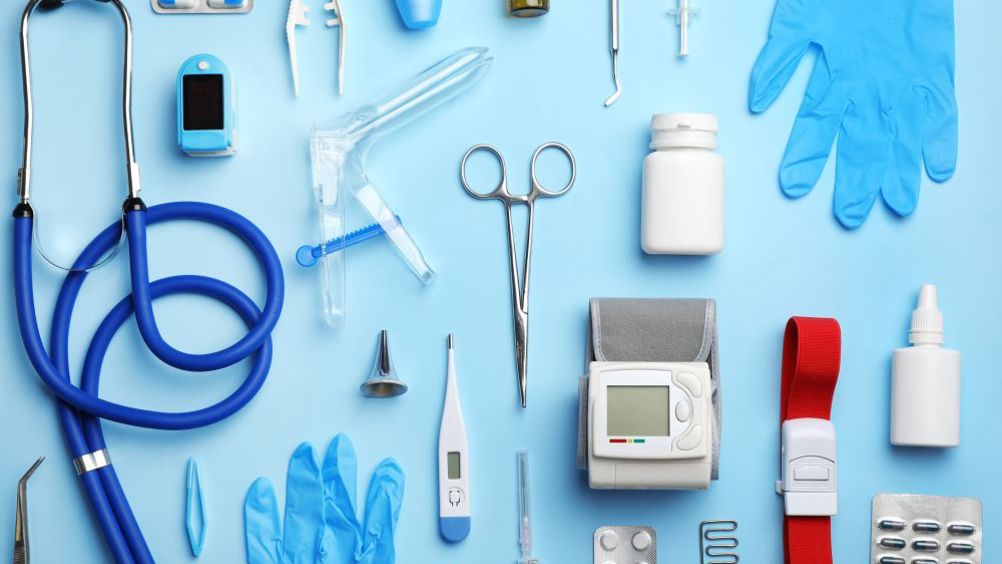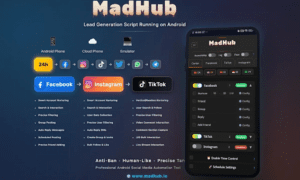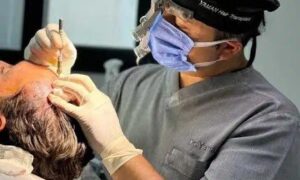Medical device manufacturers aiming to enter the EU market must fulfil the requirements of Regulation (EU) 2017/745 for attaining the MDR Medical device CE Marking for their devices. One of the crucial steps before issuing the CE Certificate is the conformity assessment by Notified Bodies. They review the technical documentation and record it in their assessment reports. During the review, Notified Bodies will ensure that the Technical Documentation contains all the elements listed in Annexes II (Technical Documentation) & III (Technical Documentation on Post-Market Surveillance) of the Regulation. Unlike the E-star 510(k) submission for the USFDA, the TD is presented in a PDF format to the reviewers, and the contents of the MDR Technical Documentation must be clear, organised, readily searchable, and unambiguous. It is also required that this document is controlled, that is, it has a document ID, with a revision number and date. It must be approved (signed and stamped) by the responsible person (PRRC) before submitting it to the Notified Body for review.
Elements of a Technical Documentation
- Device Description and Specification, Including Variants and Accessories: The documentation should detail the product in the scope of the assessment, its description, specifications, details of components and raw materials. It should also cover the information of any previous and similar generations.
- The documentation should include the complete set of labels and Instructions for Use (IFUs) and any other accompanying details that are supplied with the product packaging.
- The documentation should detail the design and manufacture of the product and should detail the site and suppliers involved in the design and manufacturing.
- The documentation should contain information for the demonstration of conformity with the general safety and performance requirements set out in Annex I that apply to the device considering its intended purpose and should include a justification, validation and verification of the solutions adopted to meet those requirements.
- The documentation must include the results of the benefit-risk analysis and the risk management of the devices.
- The documentation should encompass the outcomes and critical analyses (protocols and reports) of all verifications and validation tests and/or studies conducted to demonstrate compliance of the device with the requirements of the Regulation, particularly the applicable general safety and performance requirements.
It should particularly include pre-clinical data, such as biocompatibility test results, physical, chemical, and microbiological characteristics (sterile devices) test results, electrical and electromagnetic test results (active devices), stability and shelf-life results, and results of usability engineering and device lifetime studies. It should also document the accreditation of the laboratories where these tests have been performed. It should also contain clinical data with clinical evaluation results and post-market clinical follow-up results.
This section of the documentation must also address the safety and performance aspects of specific cases, including, Devices incorporating medicinal products, including medicinal products derived from human blood or human plasma, Devices manufactured utilizing tissues or cells of human or animal origin, or their derivatives, Devices that are substance-based, Devices containing Carcinogenic, Mutagenic, or Toxic to Reproduction (CMR) or Endocrine Disrupting substances, Devices that are sterile or aseptically sterile, Devices with measuring functions, and Devices used in combination.
Technical documentation based on Annex III provides comprehensive details on Post-Market Surveillance (PMS). This section of the technical documentation should encompass the PMS Plan and PMS Report for Class 1/1 measuring, 1 sterile, and 1 reusable surgical device, which are considered low-risk devices. Additionally, it should include the Periodic Safety Update Report (PSUR) for Class IIa, IIb, and III, which are medium—to high-risk devices.
Expert Insight
Soio George, the Director of I3CGLOBAL, provides the following advice: “Medium to small-scale enterprises can benefit from consulting firms like ours in compiling technical documentation Our experience handling multiple projects and established rapport with Notified bodies can mitigate unforeseen delays, surprise cost increases, and rejection of applications, enabling these manufacturers to secure a competitive advantage in the EU and global medical devices market.”
Conclusion
Although the requirements for compiling the MDR Technical Documentation may appear straightforward, there can be missing links that may lead to non-conformities from the Notified Body. As this documentation serves as the crucial pathway for CE marking of medical devices, it is essential to collaborate with experienced teams such as I3CGLOBAL, rather than relying on individual experts or attempting self. This ensures you do not overlook any relevant evidence that meets the general safety and performance requirements outlined in Regulation 2017/745.





























